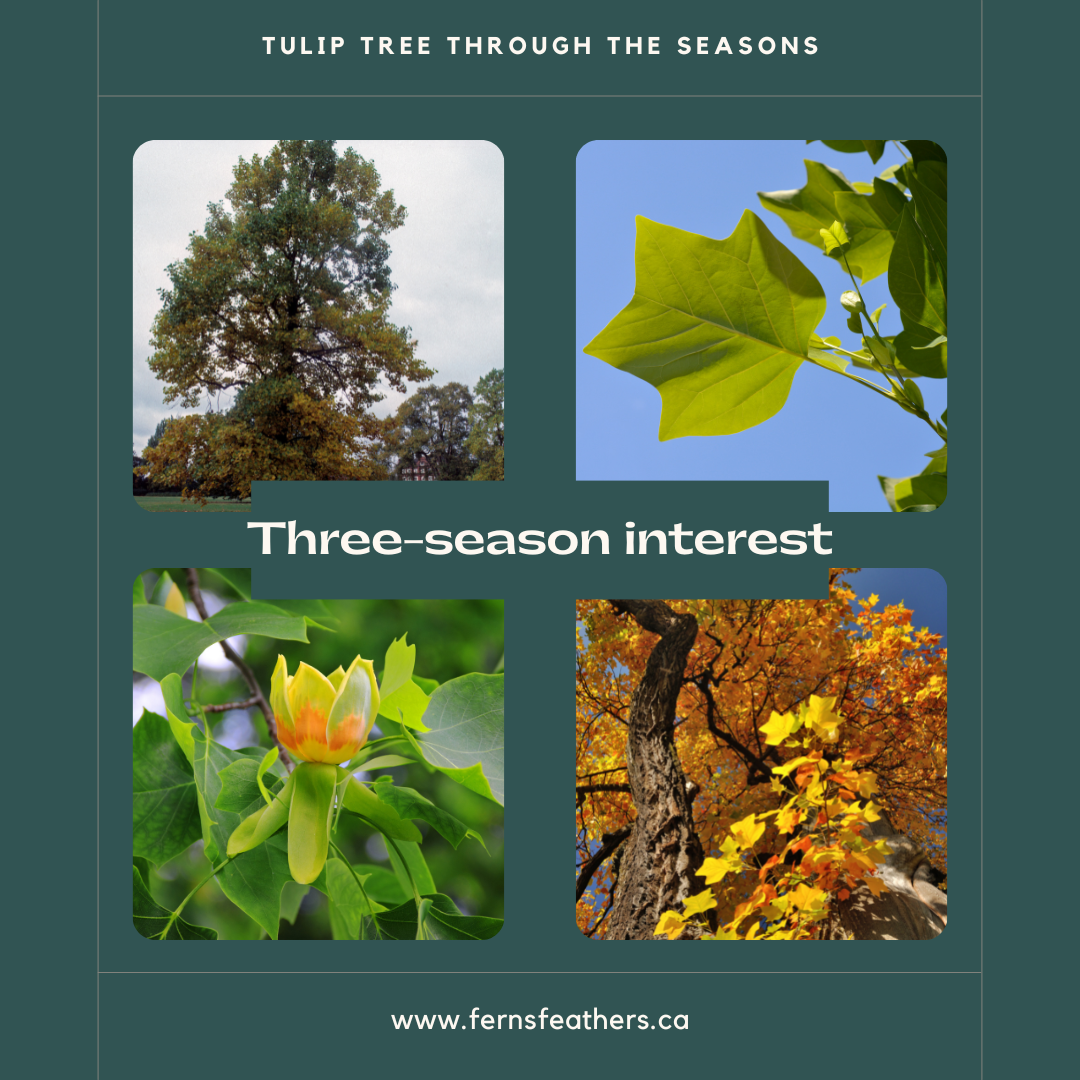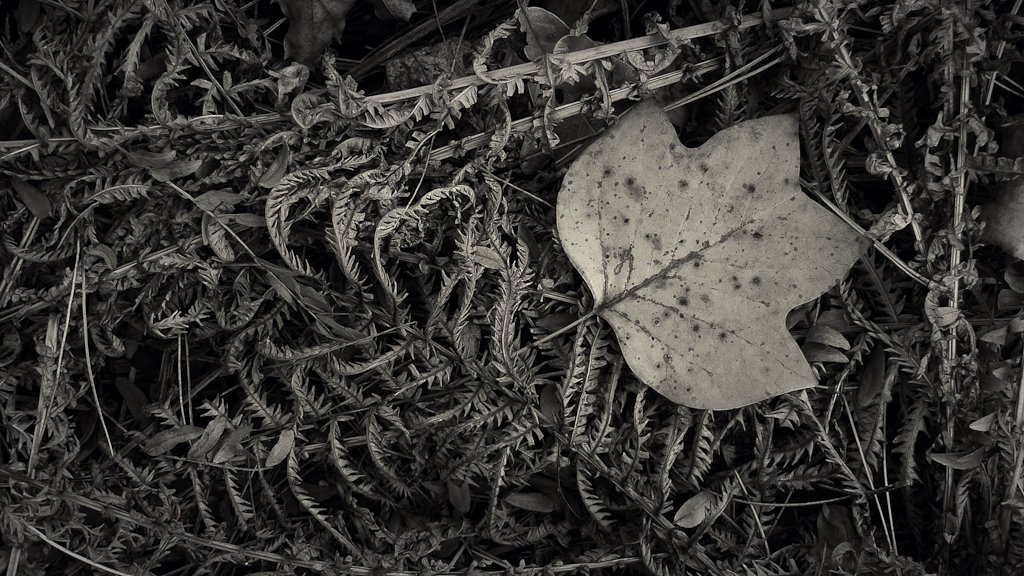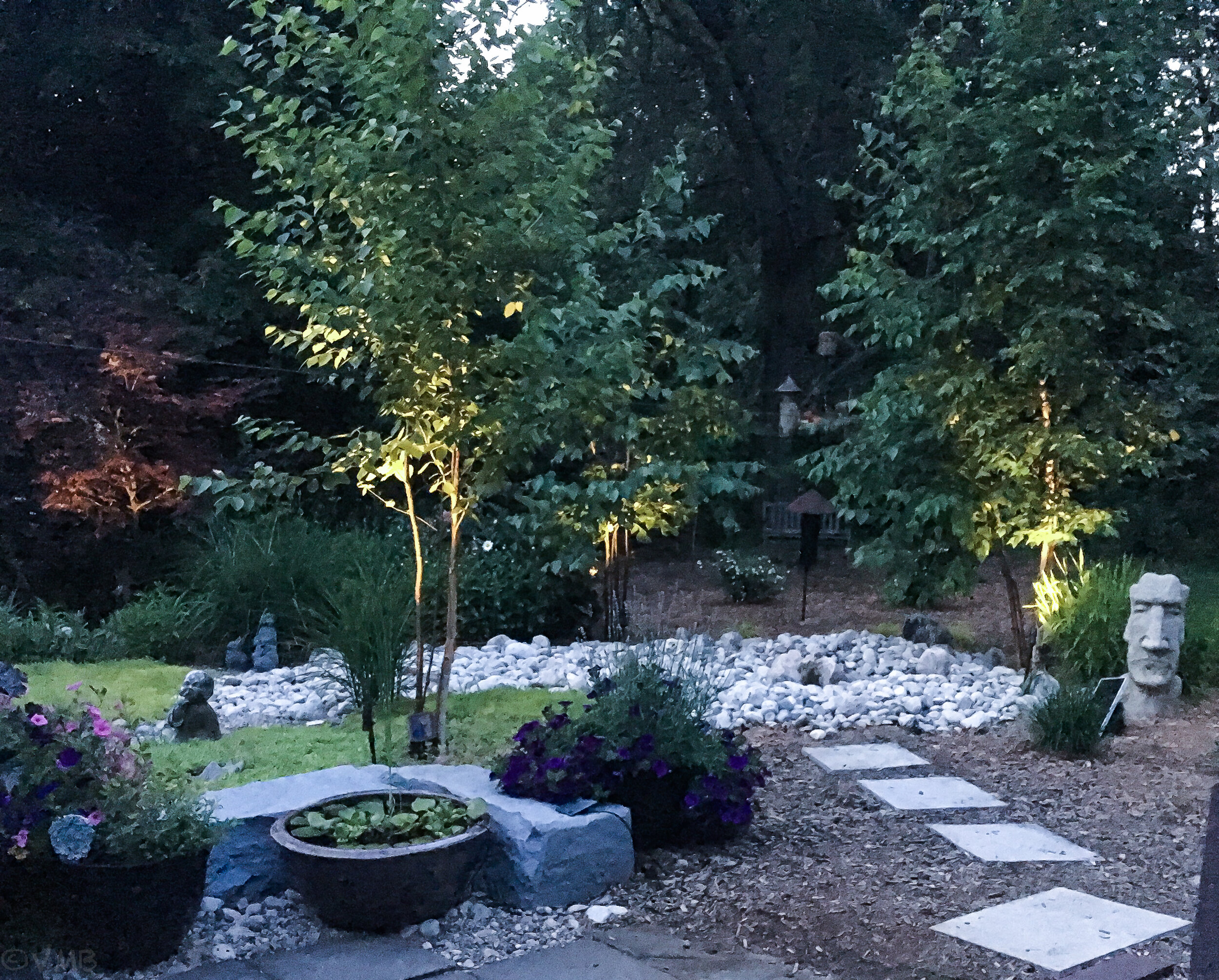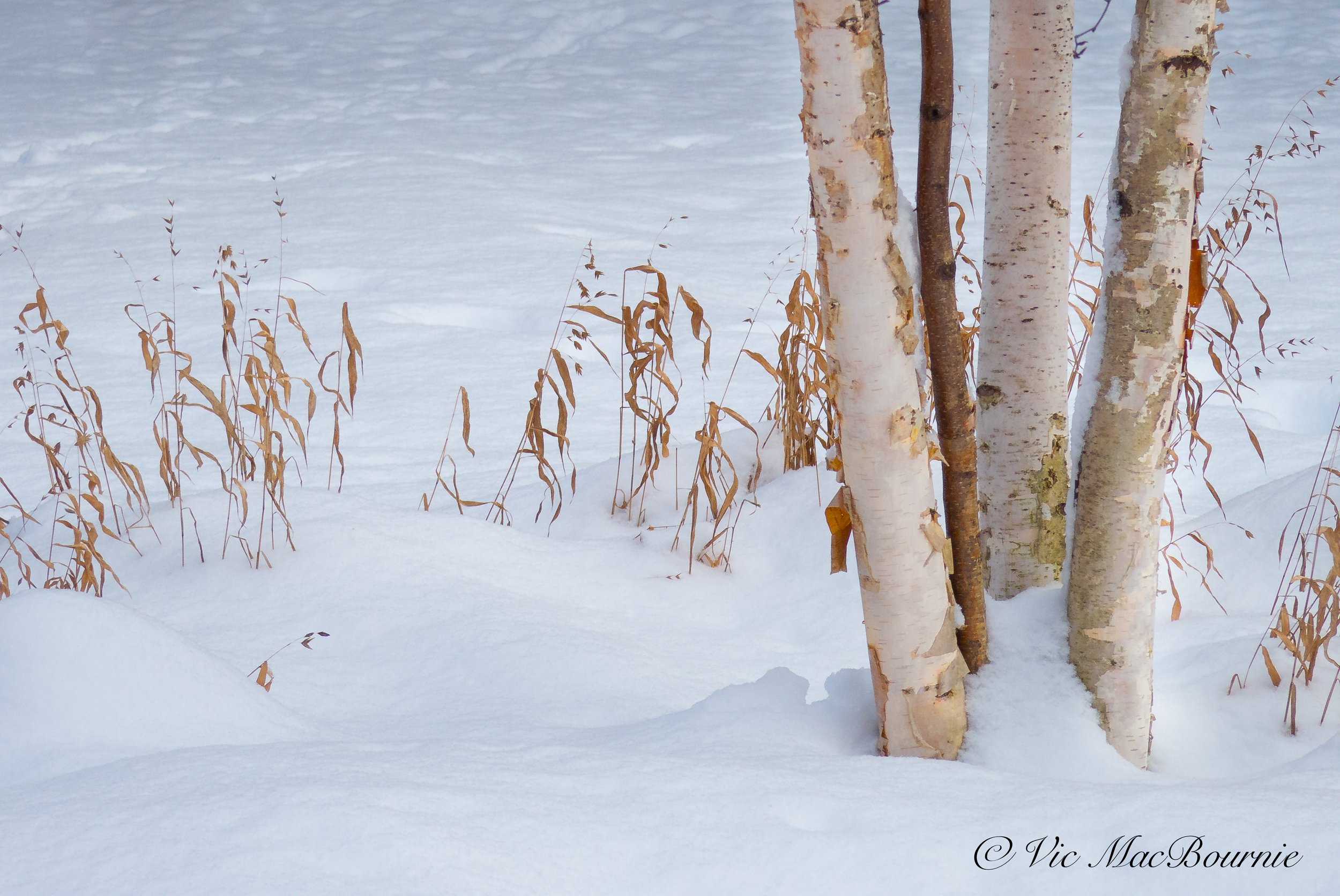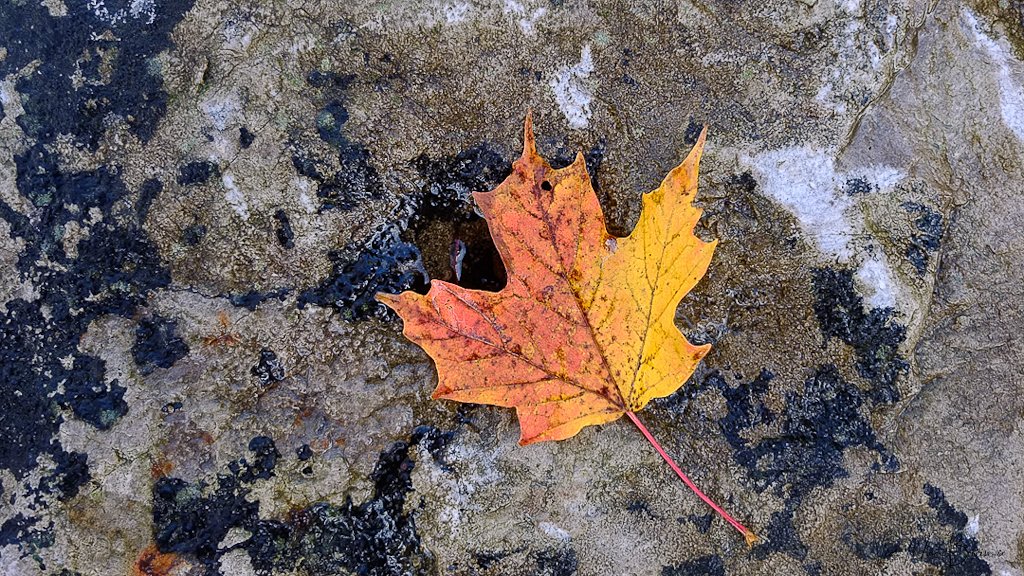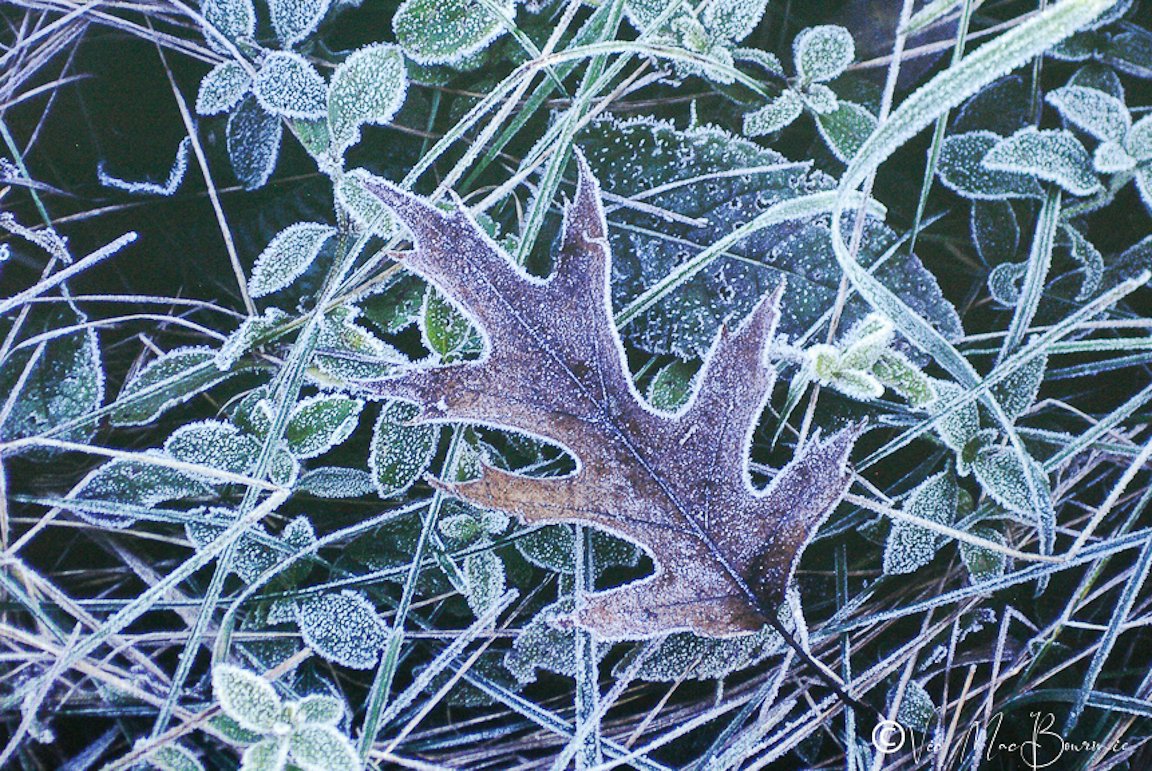Best shade trees: Poplar tulip tree, birch, maple and oak
Tulip trees are perfect if you need quick shade in a sunny area
The Poplar Tulip Tree is a magnificent tree that stands tall and straight in our landscape – taller and strighter, in fact, than any other tree in the woodland.
If you have space, plant a tulip tree (Liriodendron tulipfera) in your yard for almost immediate impact.
From its stunning appearance to its positive impact on the environment, the Poplar Tulip Tree is a deciduous tree you will want to explore fully.
Standing tall and proud, tulip trees have captured the imagination of nature enthusiasts for centuries.
These magnificent trees have a rich history that dates back thousands of years. Native to North America, tulip trees have been an integral part of the continent’s ecosystem for centuries.
They have flourished in the diverse landscapes, from the eastern United States to parts of Canada.
In fact, in one of my favourite garden design books Outdoor Living Spaces, How to Create a Landscape You Can Use & Enjoy, the landscape designer suggests using a “grove” of Poplar Tulip Trees in a tiny courtyard to create an almost instant canopy, privacy and lovely shade in just a few short years. This bold use of our native Tulip tree is just one example of how important shade has become in our landscapes.
The illustration below shows the grove of Tulip Trees in the upper corner of the tiny yard. Although the trees will eventually grow quite large and some may have to be removed, the designer is not afraid to use them to create shade quickly.
By grouping the trees closely in a confined space, the designer explains that the trees are forced to grow tall and narrow as they compete for the light. With proper pruning techniques they can be kept relatively narrow as they reach up to the sky, rather than stretch out.
Tulip trees provide the primary shade as well as the foliage canopy for privacy.
For more information on the best trees for wildlife, be sure to check out the works of Douglas Tallamy. His book Nature’s Best Hope and The Nature of Oaks are excellent places to start.
I actually tapped into this concept in our garden by using three clump birch trees in a small area of our back garden. (See below for more details.)
Even the indigenous people held great reverence for the tulip tree, recognizing its importance and utilizing its resources for various purposes.
More on the Tulip Tree here.
Let’s take a moment to explore the origins of these majestic giants and their ancient heritage.
These majestic giants are known for their towering height, reaching up to 150 feet or more. With their distinct tulip-shaped leaves, they add a touch of elegance to any landscape.
But it’s not just their appearance that makes them unique.
Tulip trees also boast vibrant flowers that resemble tulips, hence their name. These beautiful blooms attract a variety of pollinators, including bees and hummingbirds, making them an essential part of the ecosystem.
Additionally, tulip trees have a straight trunk and smooth bark, which sets them apart from other tree species. Their wood is highly valued for its strength and durability, making it ideal for construction and furniture.
Of course tulip trees are not the only native trees that are capable of providing shade in our garden.
Below are other great native trees ideal for throwing shade in our garden. They include the maple tree in fall colour, the large mature oak tree, the tulip tree and birch trees.
Excellent shade trees include from top left: Maple tree, Oak tree, Tulip Tree and birch trees.
Here are three more of the best shade trees for your garden
Fast-growing shade trees can transform your outdoor space into a much cooler environment in a reasonable time period. Depending, of course, on how large they are when you plant them, these trees can transform your yard both aesthetically and by cooling it over the course of the summer.
Before exploring the specific trees, it’s important to understand why shade trees are so important.
Shade trees not only provide relief from the scorching heat of the sun, they also offer numerous benefits for both humans and the environment.
They can help reduce energy costs by providing natural cooling, improve air quality by absorbing pollutants, and create a peaceful and inviting atmosphere.
The criteria for selecting fast-growing shade trees can vary depending on your needs and the size of your garden.
When choosing shade trees, it’s essential to consider their growth rate, adaptability to your climate, and overall size.
Fast-growing shade trees are preferred because they provide quick relief from the sun’s heat and can transform your outdoor space in a shorter period. Additionally, you’ll want to select trees that are well-suited to your specific climate conditions, ensuring they can thrive and grow successfully.
Lastly, consider the overall size of the tree at maturity, as you’ll want to ensure it fits within your available space. By keeping these criteria in mind, you’ll be able to select the perfect fast-growing shade trees for your oasis!
My choices for the three outstanding, fast growing shade trees are as follows: The birch tree either single or multi-trunk, the maple tree either single or multi-trunk, and the oak tree.
All three are relatively fast growers, extremely important for the environment and wildlife, and capable of creating a beautiful canopy in a hurry.
Let’s explore each of these individually.
The Birch Tree: Adds dappled shade to the landscape
Birch trees have so much going for them in our landscape, especially in today’s more compact yards. The white paper birch is an exquisite tree, but the river birch is usually a better choice.
In fact, there are about 60 different species of birch (Betulaceae). Grow them in well-drained soil, with plenty of moisture and sunlight. Birch trees are found in zones 2-6 and are known as a pioneer species that are often found growing near lakes and rivers in their natural habitat. These medium-sized trees generally reach between 30 and 50 feet with bark that can be white, grey, yellow, silver or black. Because they are fast growers, birch trees can be short-lived trees.
Known as extremely fast growers, these trees – either as single or multi-stem specimens – are attractive in all seasons, but especially in winter when their peeling white bark and textural qualities stand out against a stark landscape.
In our landscape, I borrowed the idea (see above) of planting several trees in a small space, close together to create upward growth by forcing them to compete for sunlight. Three birch clumps amounting to 11 trees create a small birch grove around a dry river bed and bubbling rock.
More on the birch grove here.
This birch tree clump is one of three that form a mini birch grove in our woodland garden.
The leaves of the trees forming the small birch grove throw a lovely open shade on the dry river below, while creating a magnet for local wildlife including birds, butterflies and other insects. In just a few short years, the trees have grown sufficiently to be able to hang bird houses, feeders and birdbaths from the stronger branches.
The Maples: Huge selection to choose from
Maple trees offer homeowners a variety of alternatives to create shade in their yards. From the smaller and more delicate Japanese maples, to larger native maples that are medium-fast growers but boast outstanding fall colour. Some, like the Norway maples are extremely fast growers but can be invasive.
Most maple trees prefer cool temperatures in plant hardiness zones from 5-9. A few of them are cold-hardy that can even tolerate sub-zero winters down to zone 3.
The incredible fall colour of our native maples make them an almost irrisistable addition to the garden.
Although not as showy as birch trees – with the possible exception of the paperbark maple – the native maples are renowned for their incredible fall colours. In addition, unlike birch trees, maples tend to throw a much deeper shade below and around them.
If you are looking for a cool place to sit under the shade of a tree, a native maple tree is an excellent choice. Maples are also important trees for wildlife attracting a variety of birds, caterpillars and insects. In addition, the deep shade provides excellent nesting potential for birds and habitat for other wildlife.
The Oaks: A haven for wildlife
Studies show that Oak trees are the most valuable wildlife trees in any landscape. That alone is reason enough to plant oaks in your yard. Considering their value for wildlife, the shade these trees throw can be considered a pure bonus.
Oaks are not considered fast-growing trees, but their sheer size means that they can get to a size to throw shade quite quickly and, in the right situation, can reach for the sky at a good pace. At maturity, Oaks can reach heights of several hundred feet but average about 100 feet or (30 meters).
Different varieties can be grown in zones 3 up to 11, so there is virtually no place where an oak can’t be used to throw shade.
If you have ever wondered how important an oak tree can be for a backyard, this infographic should convince you to be sure to add one to your yard.
It’s important to consider the mature height of the oak you want to plant, but don’t let their mature height sway you too much from planting these important trees. There is a good chance that they will not get close to their mature height in your lifetime.
For more on oak trees, be sure to check out these posts: The mighty oak, What tree should I plant in my backyard, A columnar oak perfect for small backyard or narrow space.
Let’s get back to the Tulip tree
As we continue our journey into the world of tulip trees, it is crucial to highlight the conservation efforts aimed at protecting and preserving these trees.
Due to their historical significance and ecological importance, organizations and individuals have come together to ensure the survival of North America’s native tulip trees.
Conservation initiatives focus on various aspects, including habitat restoration, seed collection, and public awareness campaigns. By restoring and protecting the natural habitats of tulip trees, we can create safe havens for these majestic giants to thrive.
Seed collection programs play a vital role in preserving the genetic diversity of tulip trees, ensuring their resilience against threats such as disease and climate change.
Furthermore, raising public awareness about the value of tulip trees fosters a sense of appreciation and encourages responsible stewardship. Together, these conservation efforts contribute to the long-term survival and flourishing of North America’s native tulip trees.
One of the top reasons to plant and preserve the Poplar Tulip Tree is its fast growth rate and ability to provide ample shade.
This magnificent tree has the remarkable ability to reach impressive heights in a relatively short period of time. With its rapid growth, it can quickly transform any landscape into a shaded oasis, providing relief from the scorching sun during hot summer days. And we all know that our summers are getting hotter each year and the need for shade in the garden is increasing exponentially.
Whether you’re looking to create a cozy spot for outdoor activities or seeking natural shade for your garden, the Poplar Tulip Tree is an excellent choice.
Another compelling reason to plant and preserve the Poplar Tulip Tree is its significant environmental impact and carbon sequestration abilities.
Like all large trees, the Tulip Tree is an integral part of nature’s intricate web by doing its part in a crucial role in mitigating climate change. The Tulip Tree has a remarkable capacity to absorb and store carbon dioxide from the atmosphere, helping to reduce greenhouse gas emissions.
By planting and preserving these trees, we can contribute to the fight against global warming and create a more sustainable future. Additionally, the Poplar Tulip Tree acts as a natural air purifier, filtering pollutants and improving air quality.
Its presence in urban areas can help combat the harmful effects of pollution, creating healthier and more livable environments for both humans and wildlife.
So, by choosing to plant and preserve the Poplar Tulip Tree, we not only enhance the beauty of our surroundings but also make a positive impact on the planet.
In addition to its environmental impact, the Poplar Tulip Tree also serves as a vital wildlife habitat and supports biodiversity.
The tree’s large size and dense foliage provide shelter and nesting sites for a variety of bird species, including woodpeckers, owls, and songbirds.
These birds not only bring joy with their songs but also play an essential role in controlling insect populations and pollinating plants.
Moreover, the Poplar Tulip Tree attracts a diverse range of insects, which serve as a food source for birds, bats, and other small mammals.

